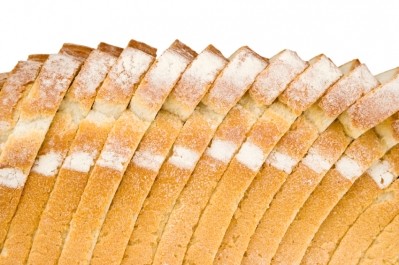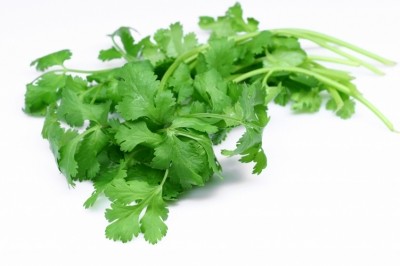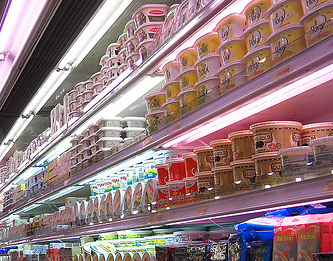Active packaging tops MAP for gluten-free bread’s shelf life, study
The study, funded by the Spanish government and published in Packaging Technology and Science, compared the efficiency of three types of packaging: active packaging, MAP and combinations of the two for packaged food life extension.
MAP gave greater microbiological inhibition and consequently longer shelf life than traditional packaging, with only microbiological results taken into account, found the researchers.
But they noted that sensory properties including flavour, taste and mastication were better without MAP in the presence of the active packaging containing the essential oil, cinnamon.
Flavour and spongy texture were rated higher when MAP packaging was not used, they added, with crumbly texture and hardness increasing when MAP was present in the packaged food.
“Thus, the use of active packaging can be a better solution than the modified atmosphere packaging in getting a longer shelf life while achieving optimal sensory properties,” they report.
Short shelf life
Celiac disease and,consequently, the demand for gluten-free foodstuffs are progressively increasing in developed countries, according to the authors.
Among these products, gluten-free sliced bread has high added value. However, it also has a short shelf life, they add.
The scientists said many attempts have been made to increase gluten-free bread’s shelf life and to get a product with high sensory quality.
“For many years, MAP has been an option to extend shelf life of many products, but this alternative is not really cheap, and in some products, like those derived from cereals, the growth of moulds and yeast is not successfully inhibited. Also, in these conditions, sensorial characteristics decrease dramatically.”
Method
In this study, bread was placed on in a PP tray and wrapped with 30-µm-thick polyethylene–ethylene vinyl alcohol multilayer; and bread packaging was performed by using a manual sealing machine.
The authors reported that several packaging options were tested: (i) active packaging with two different concentrations of essential oils; (ii) MAP packaging with composition explained in the modified atmosphere section; and (iii) combinations of the modified atmosphere plus the active packaging.
The active packaging consisted of a shelf-adhesive active label, which was stuck inside the polyethylene wrap. The concentrations of cinnamon EO incorporated in the packaging were 0.0215 and 0.0374g. A mixture of 60% CO2 and 40% N2 was used as the modified atmosphere, the Spanish team reported.
For each option, samples were packaged and stored at room temperature. Microbiological analyses were carried out at intervals of 15, 30, 45, 50, 75 and 90 days following the packaging stage, said the scientists.
Both sensory and in-depth statistical studies were carried out in order to evaluate both microbiological differences and sensory quality of the bread using the different types of packaging, they said.
Results
The researchers found differences between the two active prototypes (0.0215 and 0.0374g EO incorporated into the label). The active packaging with 0.0374g EO provided better protection, which could be attributed to the higher concentration of active compounds, they added.
None of the MAP options showed microbial growth, and the 0.0374g active label scored higher in terms of antimicrobial control compared with the conventional non-active packaging.
However, the authors concluded that MAP changes the perception of characteristic flavour.
“The flavour of cinnamon is stronger when MAP is combined with the active packaging, which is not desirable at all. Regarding mastication and toughness parameters, the product is harder when MAP is included, but it is spongier when active packaging with cinnamon is used,” they remarked.
The researchers said that further work is being conducted on an industrial scale up of cinnamon based active packaging for gluten free bread as well as further consumer evaluation.
Source: Packaging Technology and Science
Published online ahead of print: : 10.1002 /pts.956
Title: Evaluation of Antimicrobial Active Packaging to Increase Shelf Life of Gluten-Free Sliced Bread
Authors: L.Gutiérrez, R.Batlle, S. Andújar, C. Sánchez, C. Nerín











